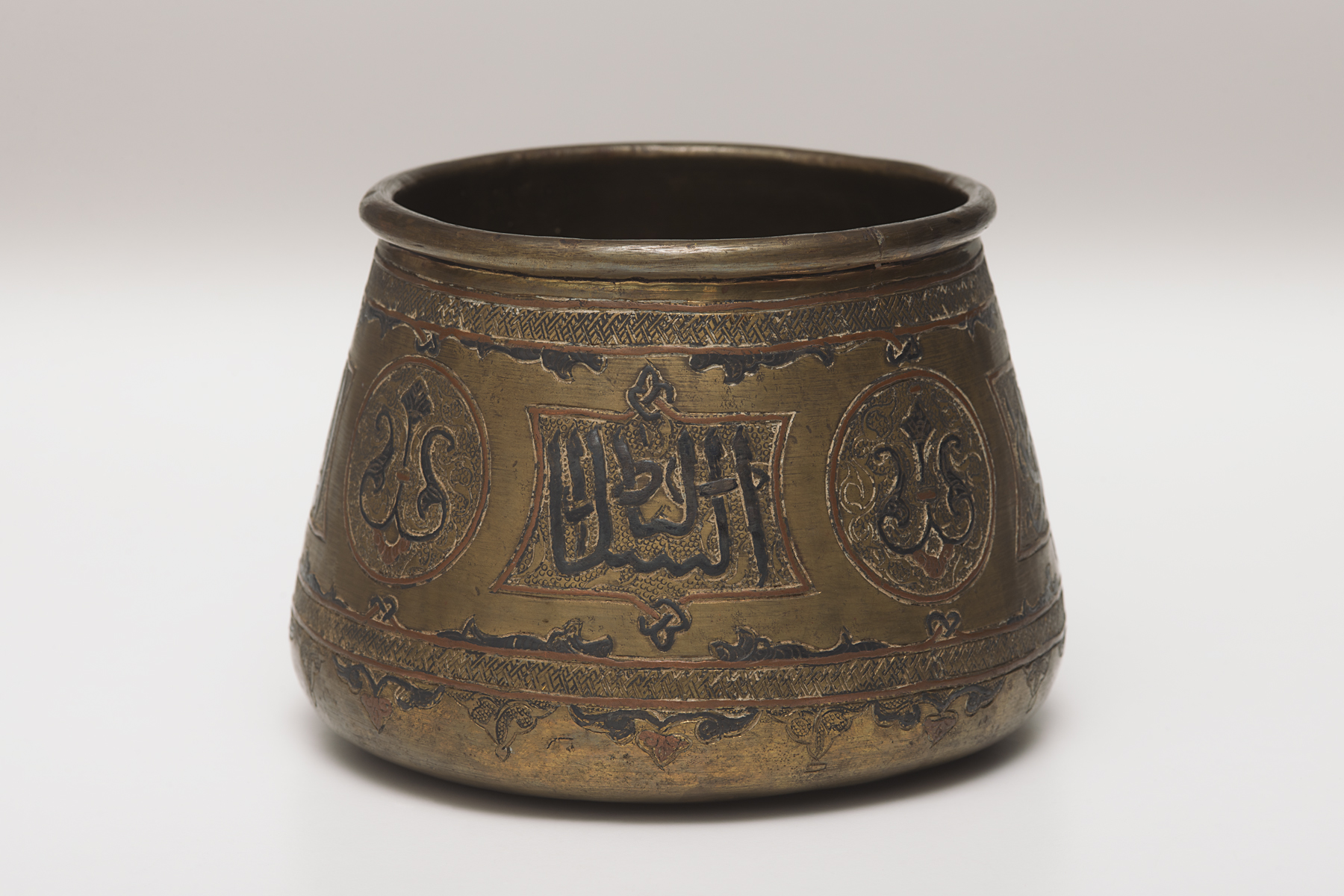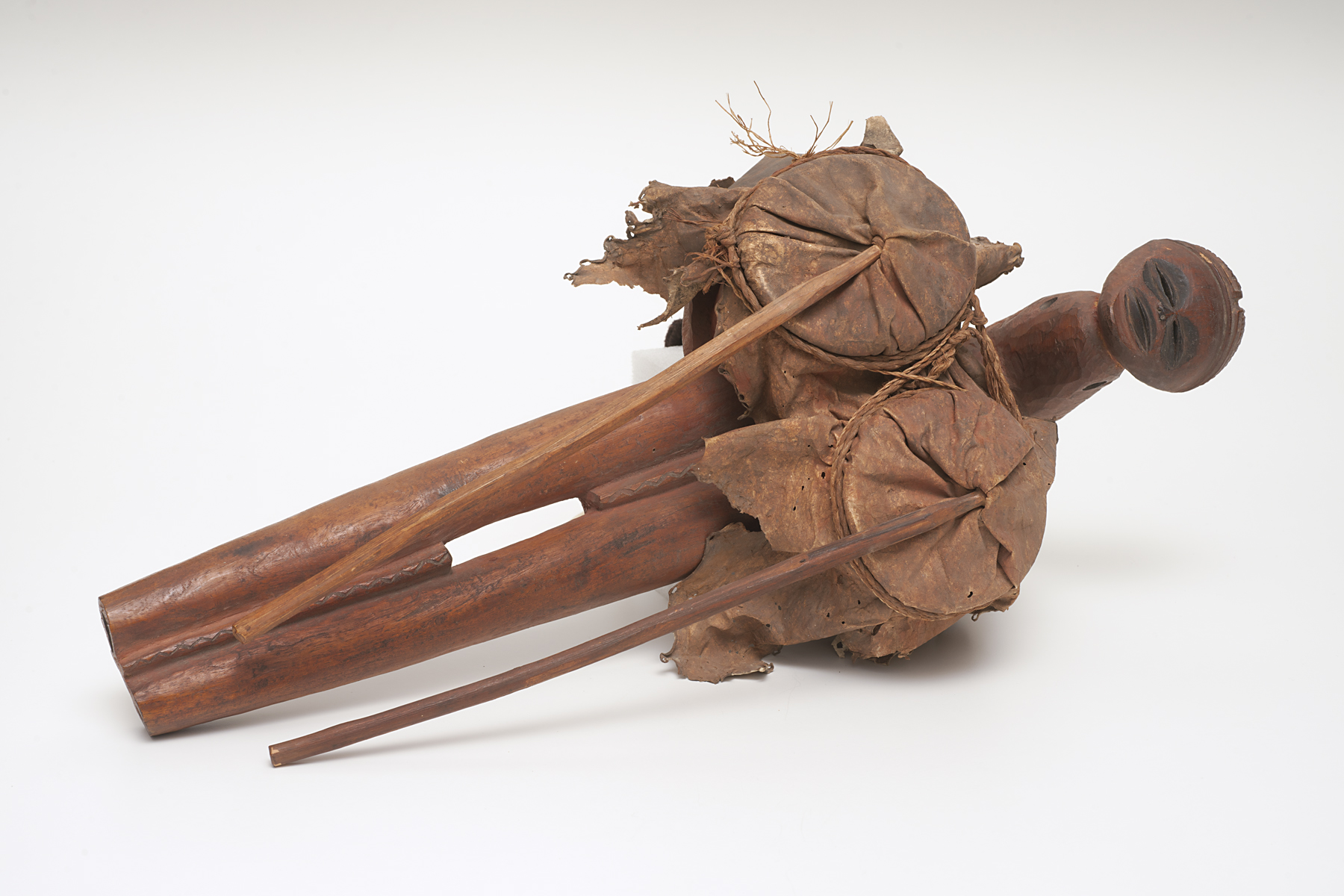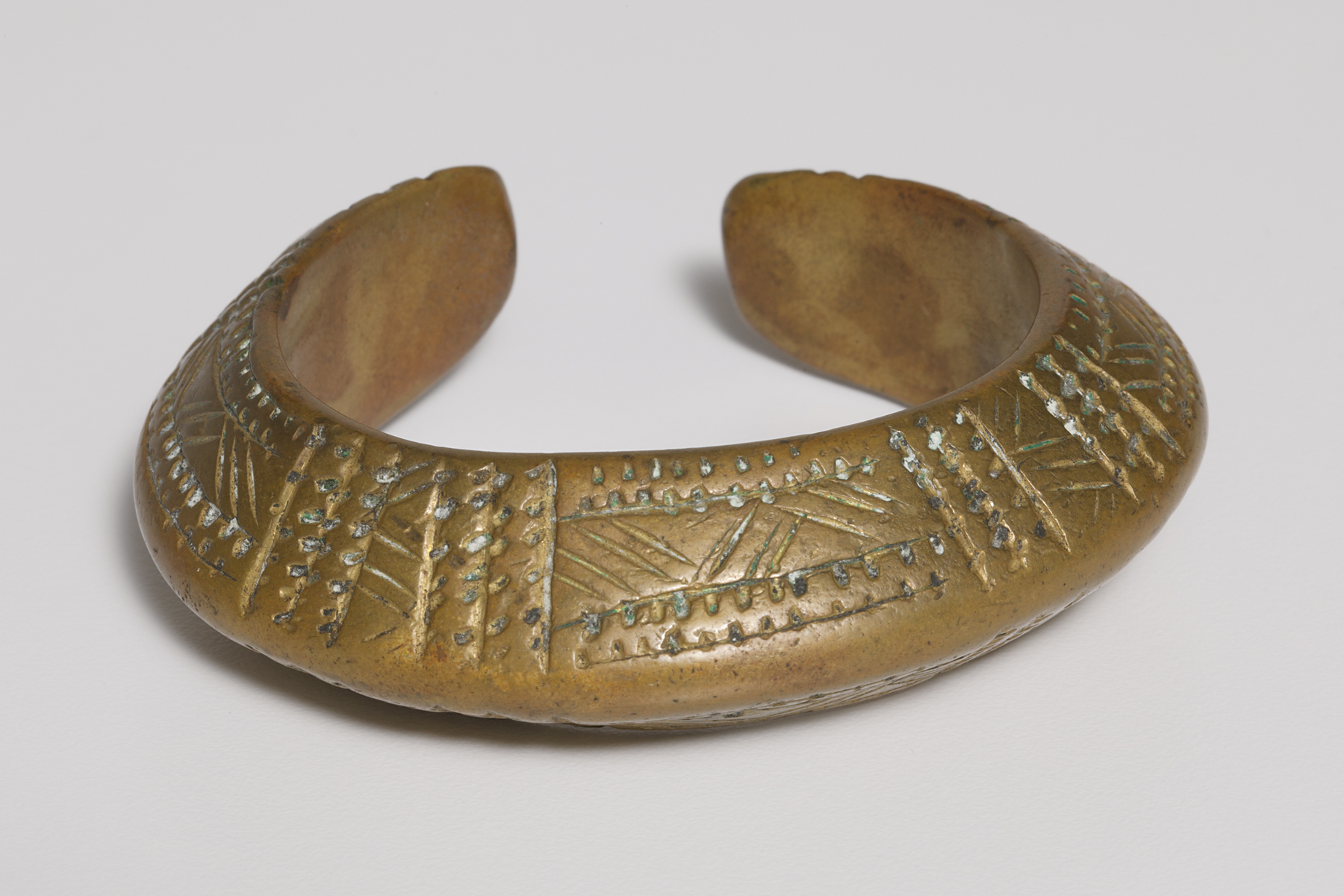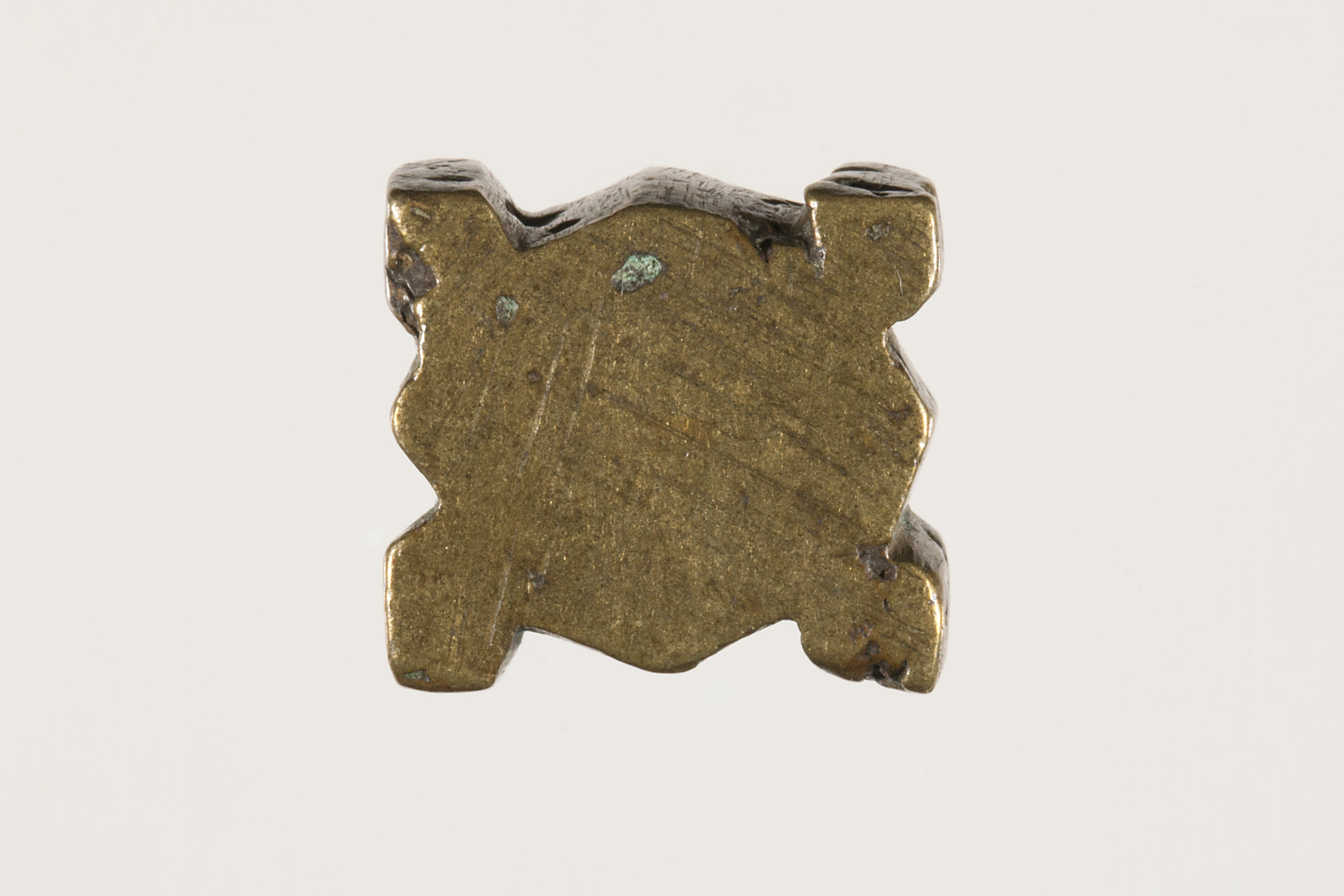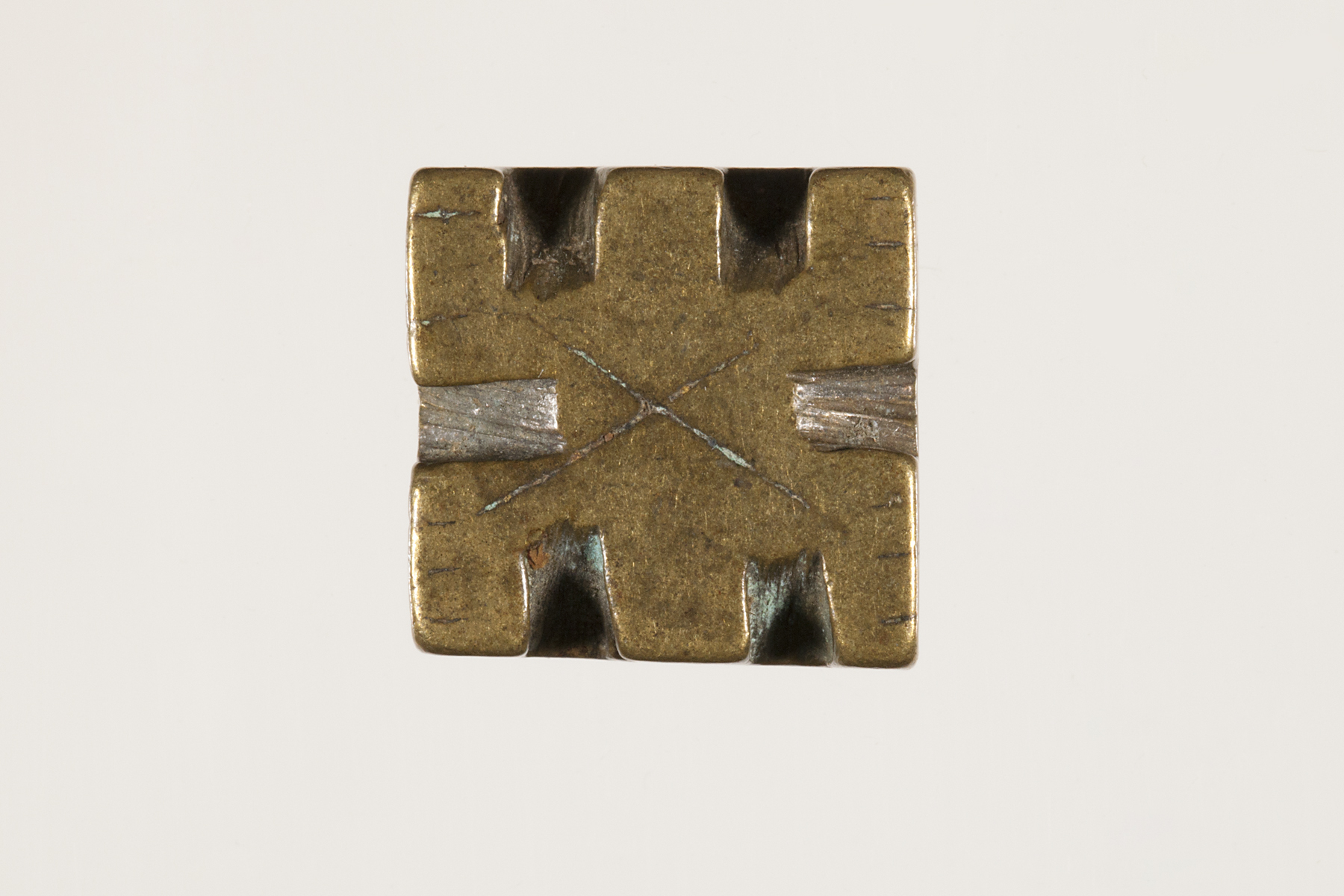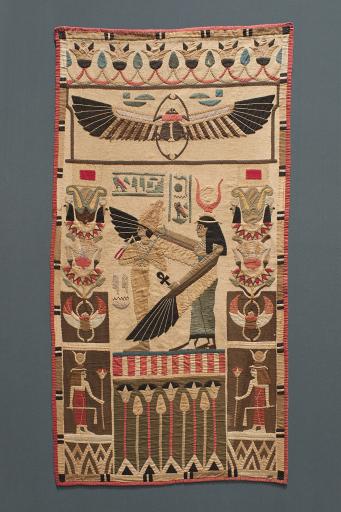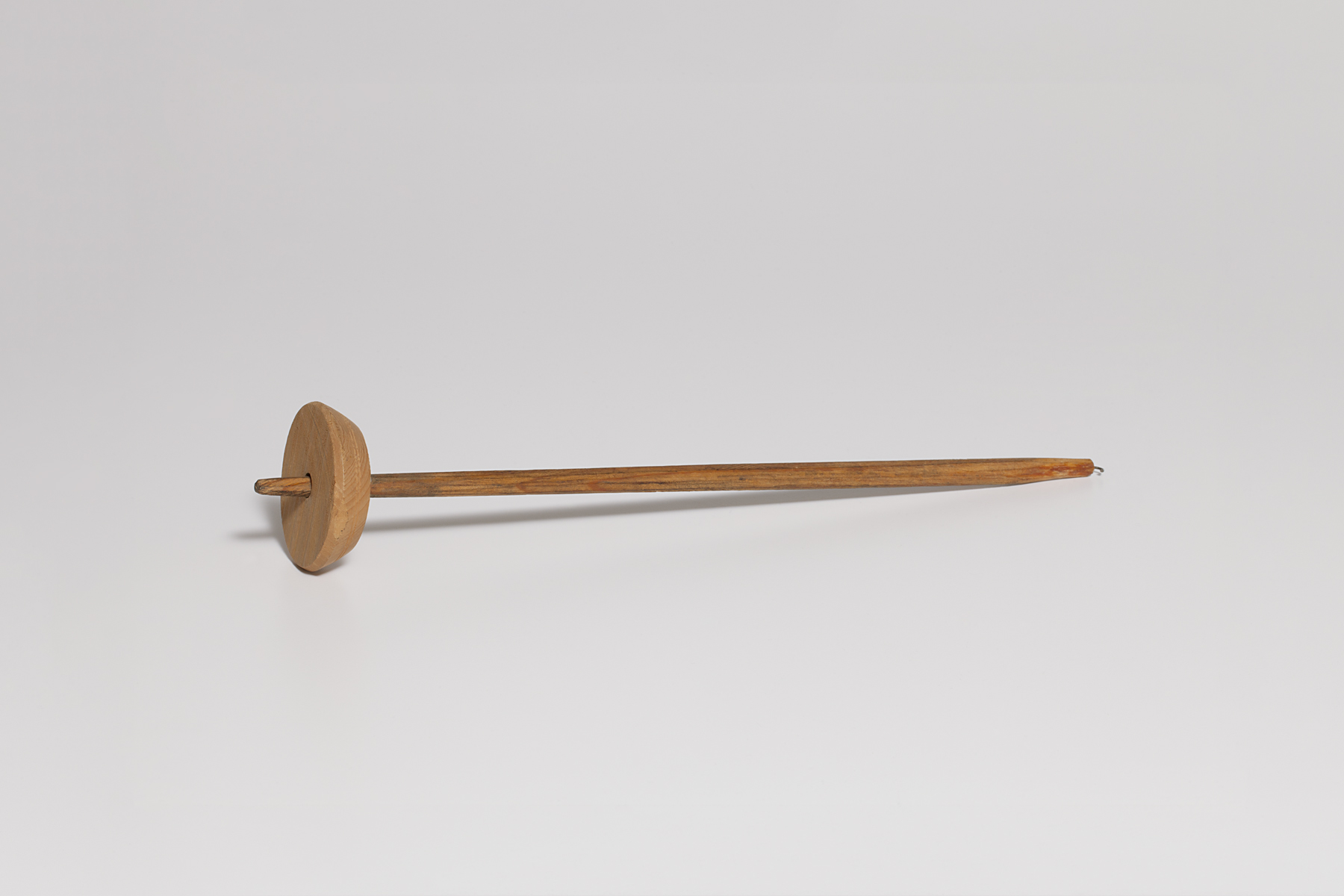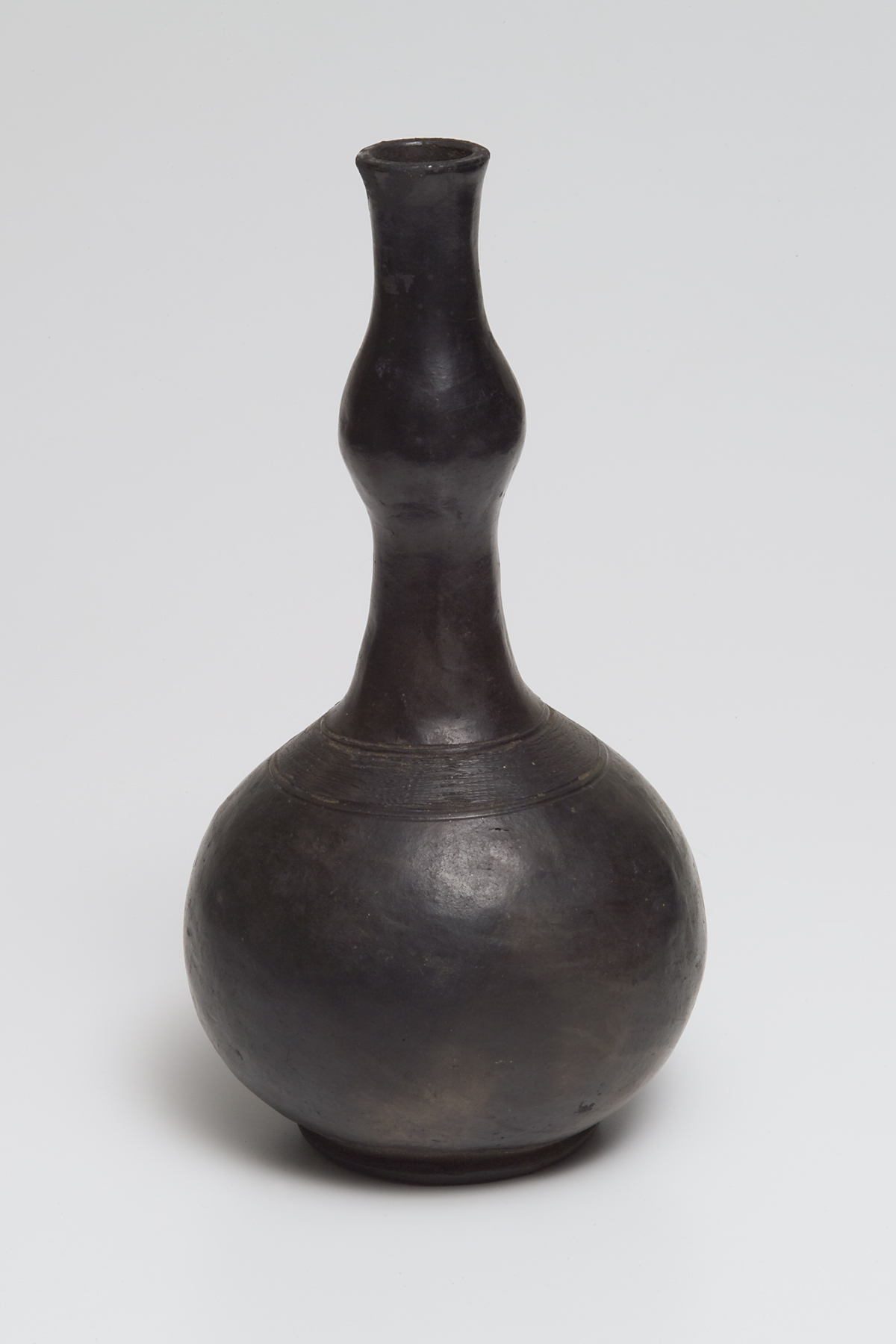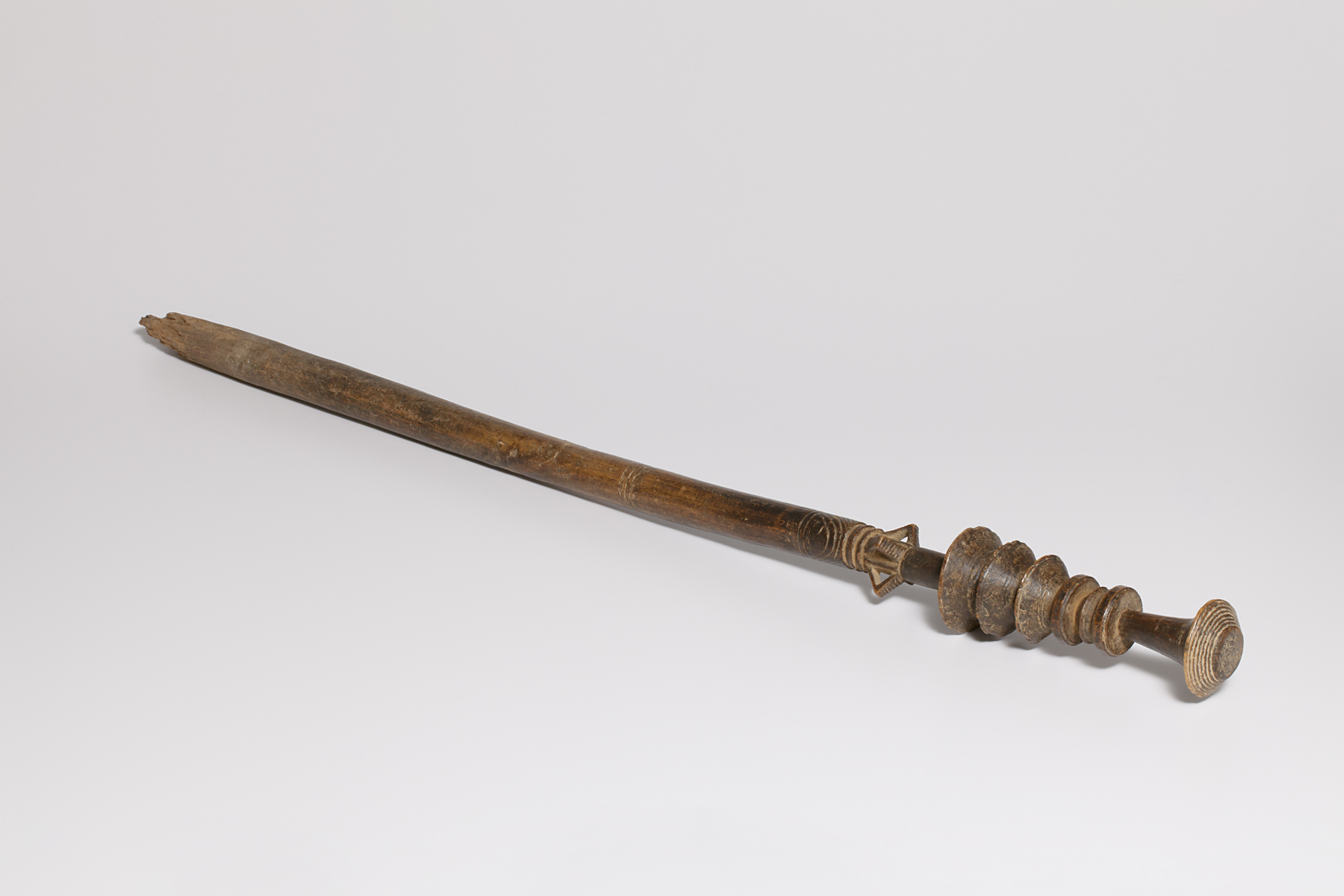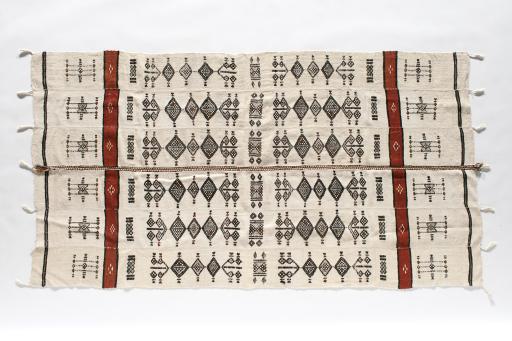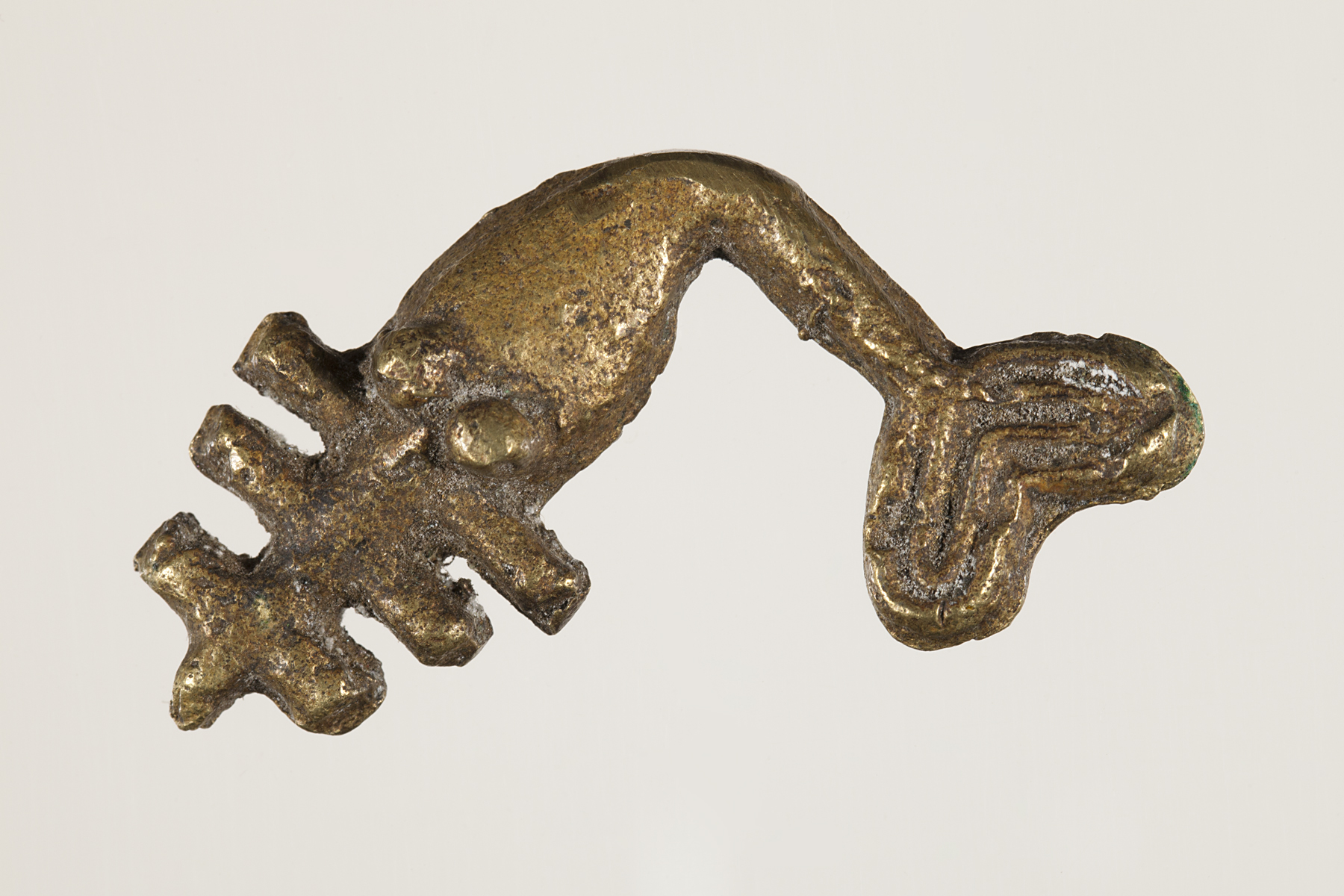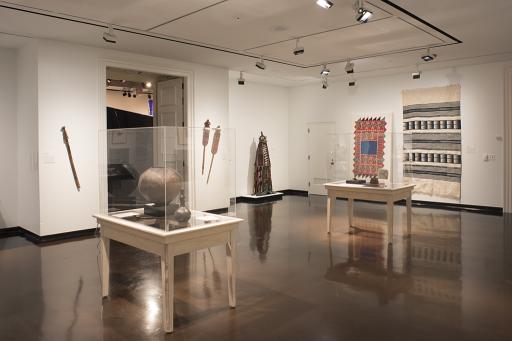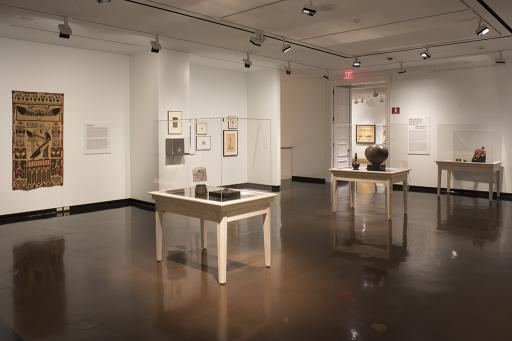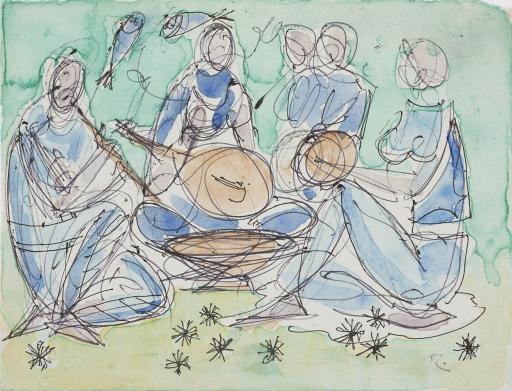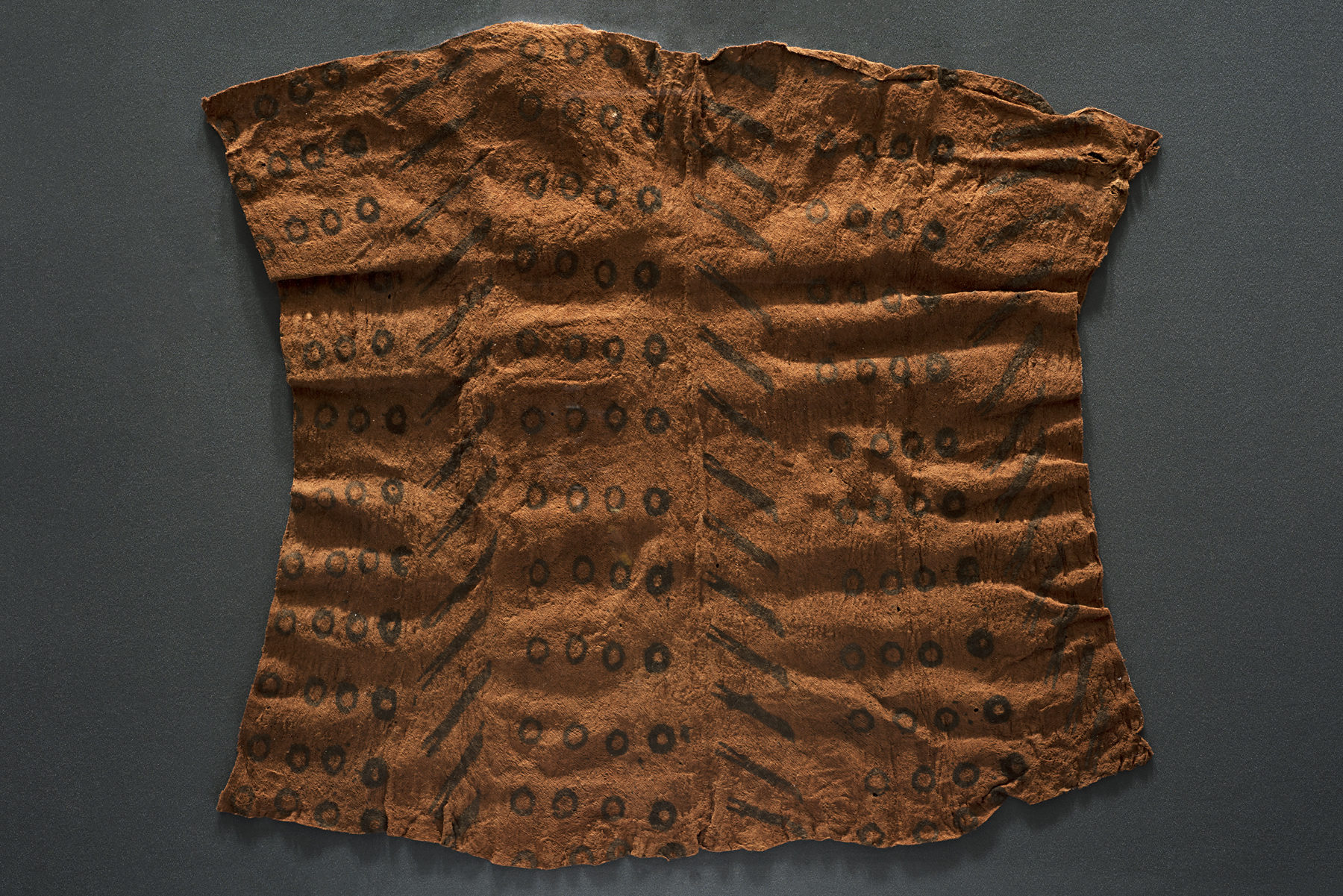Race, Gender, and the "Decorative" in 20th-Century African Art: Reimagining Boundaries
Exhibition Overview
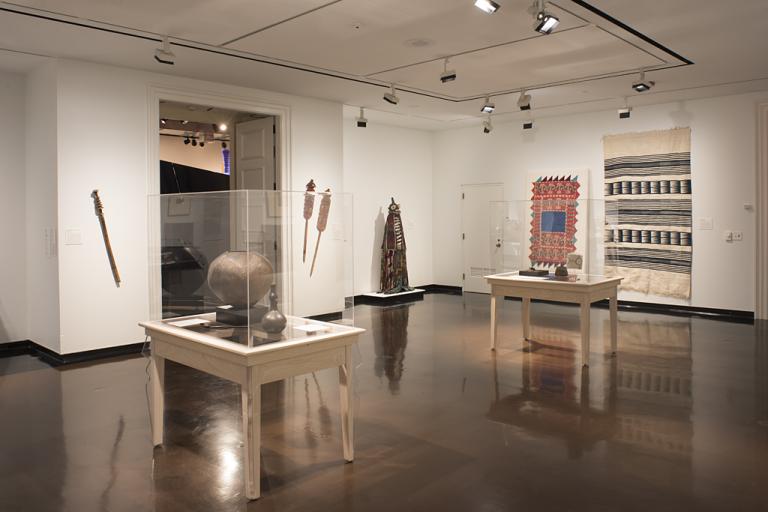
Jessica Gerschultz, curator
This exhibition explored the U.S. institutional frameworks for African art in museums throughout the 20th century using a historiographic approach that critiques history, historians, and historical trends. This exhibition accompanied Civic Leader and Art Collector: Sallie Casey Thayer and an Art Museum for KU, the major exhibition for fall 2017 that displayed hundreds of objects from Thayer’s original gift that established the Spencer Museum and our collection, because Thayer’s original gift largely excluded African art from its otherwise expansive geographic and cultural scope.
Exhibition images
Works of art
